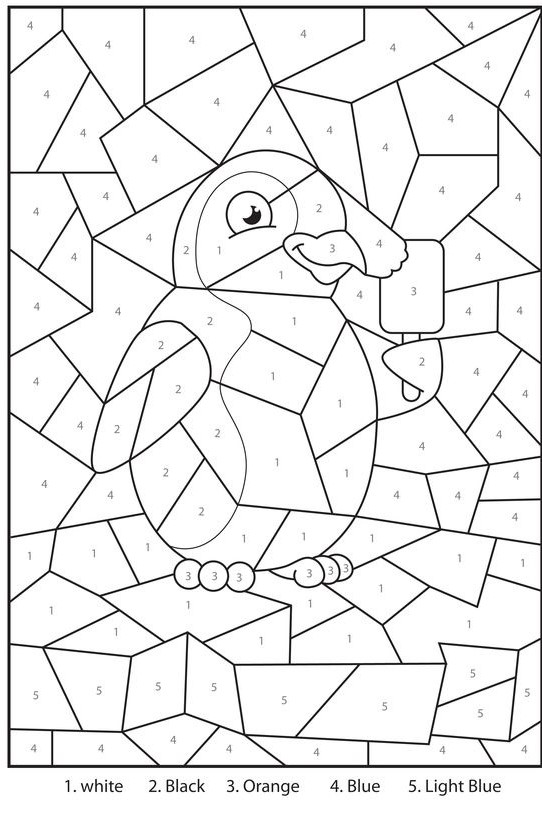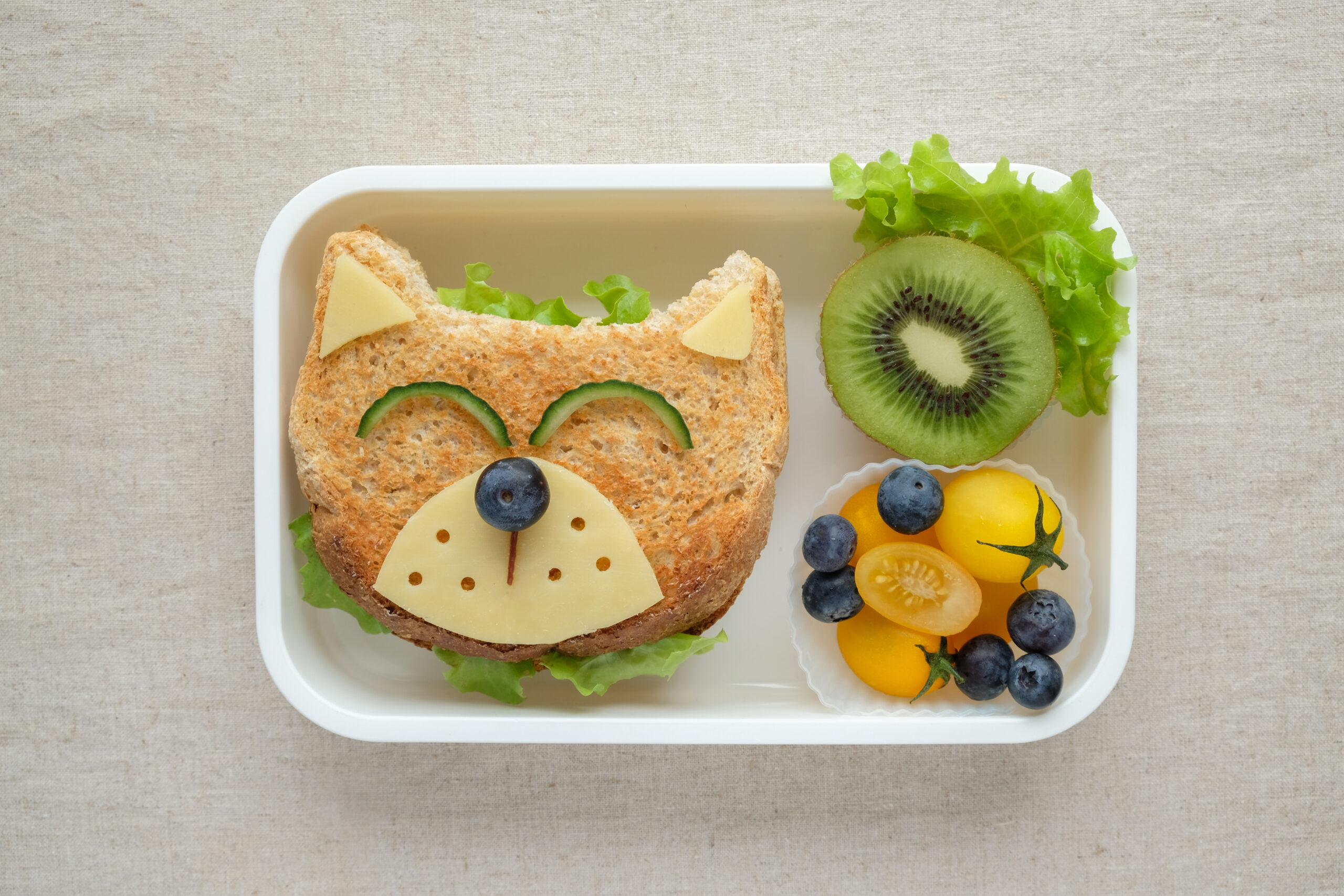What is your child’s learning style?
Overview
In this blog and vlog, we are going to explore:
- Defining the VARK learning styles;
- How VARK learning styles can be used at home;
- How the environment impacts concentration.
After watching the video and going through this resource, you will be able to identify the different learning styles (VARK). You will have an understanding of how to implement VARK methods at home to enable your children to concentrate, and you will be able to create a physical learning environment that enhances concentration and promotes creativity.
1. Define the VARK learning styles
Visual learners
These learners need to see information to process it. The more visual stimulus, the better! Symbols, images, graphs, charts, maps, diagrams and colour are all great ways to help a visual learner concentrate on a task.
Auditory learners
These learners need to hear information to process it. They learn and retain information better if they listen to the content. If the tonality and pace are varied, it can help with retention of information.
Reading/writing learners
These learners need to read the information and then write notes, so tend to learn through words. Reading content that is laid out in chunks may assist these learners.
Kinaesthetic learners
These learners need to physically carry out tasks in order to process information. They are also engaged and concentrate when they are able to participate.
2. How VARK learning styles can be used at home
Visual learning strategies
Rather than using lined paper and blue/black pen, allow your children to use different coloured paper and different coloured pens. Permitting your children to create posters to put up around the house is also useful for visual learners.
Auditory learning strategies
Listening to audio books is a great strategy in engaging learners who prefer to hear information. You can also do recordings of your child’s homework on the phone so they can play back the instructions and questions. Encouraging your child to make recordings for themselves would also be useful.
Reading/writing learning strategies
Providing notebooks for different subjects is great in allowing reading/writing learners to organise their notes. Flash cards and post-it notes are also excellent tools in facilitating your child in making notes that are useful for re-engaging with them later on.
Kinaesthetic learning strategies
Using online games and quizzes are tools that enable your child to participate actively in their learning and so suits their learning style. You can also break down tasks to make them practical, such as ‘jigsaw reading’ (filling in the gaps; matching the title & body of text); using a white board to do Math exercises; going outside in the garden and examining leaves and animals.
3. How the environment impacts concentration
Studies have shown that children’s learning is impacted by their environment by 25%. Thus, a well-lit, well-organised and well-supplied study space is imperative for a child’s home-learning success.
Here are physical aspects that are worth considering:
- A space that is not too dull or too bright
You do not have to re-decorate the space by wall-papering or painting, but you can buy some stimulating posters that motivate your child. Equally, you could encourage your child to create their own artwork to place up on the wall. Even if your child is in their tweens/teens, you can get them resources that allow them to be creative.
See the list of resources under ‘Home artwork’ for further ideas.
- A space well-organised so that the child can easily and readily find all their belongings
Allow your child to be part of organising their study space. This allows them to take ownership of their space so they feel responsible and so they know where everything is. Try to place resources low enough for your child to reach unaided (if it is safe to do so for instance do not place scissors low down if you have a younger child).
- A clean and tidy area
Encourage your child to clean their space so they can take pride in their area. If it is clean and tidy, it helps them to focus on their work and not be distracted by the clutter. Decluttering helps to motivate yourself and your child, as dopamine and serotonin are released in response to anticipating something good. Therefore, if you have a goal to have a tidy space, and it is achieved, the brain releases natural feel-good chemicals, so your child is primed for another task. Moreover, your child will be able to easily find their equipment without having to constantly ask for assistance, freeing you up, and giving them a greater sense of accomplishment and a stronger sense of self.
- Plenty of supplies and resources
Ensure your child has all the equipment they require to do their homework tasks and to study at home. Allow your child to organise their pencil case, so they know what they have, giving them greater confidence that they have everything they need to complete what is required of them. Moreover, by having all the right supplies it reinforces what occurs in schools. For instance, if you do not have a ruler and just get your child to use anything, when they are at school and their teacher scolds them for not having a ruler; or, for using something else instead of it, they will be left confused and angry, as they have been doing at home. That is not to say that if you do not have something, it should be used as an excuse. You can reassure your child of your awareness of the resources they need; provide them with an alternative (it inspires creativity and resourcefulness), and then reassure them of a day and time when you will be able to get them the correct piece of equipment or book. In doing this, it provides you an opportunity to bond with your child as you are communicating with them in a way that allows them to empathise with you; you, in turn, demonstrate you understand their needs, and you then have an opportunity to build and nurture trust, as you fulfil your word.
- Creative space
Allowing your child to study in different areas around the house is a great way to ensure your child maintains concentration and completes their tasks. This is because it offers flexible learning spaces for different learning activities, as well as inspiring creativity and curiosity in your child.
Vittra School in Stockholm, Sweden is a school that has no traditional classrooms; instead, it has creative learning spaces that expound their principles of learning through play and creativity. You may not be able to transform your home into the creative space that the Vittra School boasts (ice-burg chairs, reading caves and a home cinema room), but you can offer a wider space for learning. For instance, if it is warm enough and practical, have your child do their science work; or, art-work in the garden. Have your child do technology and Math in the kitchen at the table. Allow your child to create a reading nook in the living-room or in the hallway (if it is safe to do so).
Perhaps another crucial reason to encourage your child to study in various places is that studies have shown that a space can become distracting. This might be because the brain comes over-familiar with an area and so begins to wander. However, it is vital to point out, having constant change and novel situations, is equally disruptive, as the brain will be distracted by all the new stimuli.
Music and noise acts in a similar manner to the visual stimulation of the space. While most people believe that music helps them to focus, the truth is that it depends on the individual. Some people process music in a similar way to how they process information, and so music, in that case, will be a distraction. It is thus beneficial to have periods of silent study time, and times where there is background noise. This can be in the form of repetitive, non-lyrical music; or, background noises like the sea or low, animal sounds. In doing this, it can help block out distraction sounds from traffic and neighbours.
Resources
Combining art and Math, these are some great home-learning resources that your child and teen can do at home. What is great, is they can mount these on their bedroom walls or proudly put them in a frame on their study desk to make their work space a more appealing place to study.




Work out the equation colour.
Paint by numbers.
3D Puzzles.
Origami and building models.

Work out the equation colour.

Paint by numbers.

3D Puzzles.

Origami and building models.
To further help develop your child’s and teen’s sense of ownership and responsibility, allow them to create a space that they want to work in. How? By allowing them to use some of the following resources:






You may have rules around food, which is completely fine. Yet, studying is hungry work! Permitting your child or teen to have a snack box ensures they are nibbling on healthy, nutritious foods that will sustain them whilst they are working and so prevents munching on high-fat, sugary foods to give them a boost!
Overall
Utilising the VARK learning strategies at home is a great way to encourage your child to participate in learning that suits their style. By being creative, you can ensure that each learning style is utilised at home.
Including your child in creating their learning space is also a great way to motivate your child and prime them for studying, as they already have a sense of achievement.
Providing a well-lit, well-organised and well-supplied learning space fosters independence in your child, as they have access to everything they need, and are able to take responsibility for their area.
To minimise distractions, offering different spaces for studying, as well as periods of silent study combined with periods of repetitive background sounds, can be useful in allowing your child to concentrate on a task.
Links
Vittra School Telefonplan
https://rosanbosch.com/en/project/vittra-school-telefonplan
[Accessed 10/04/2020 at 09:16]
